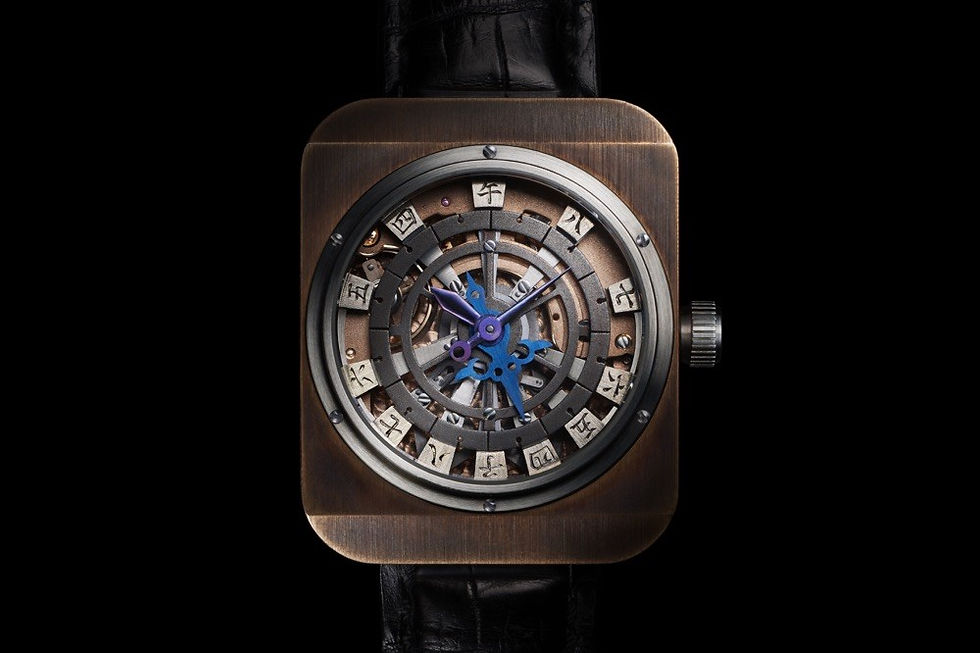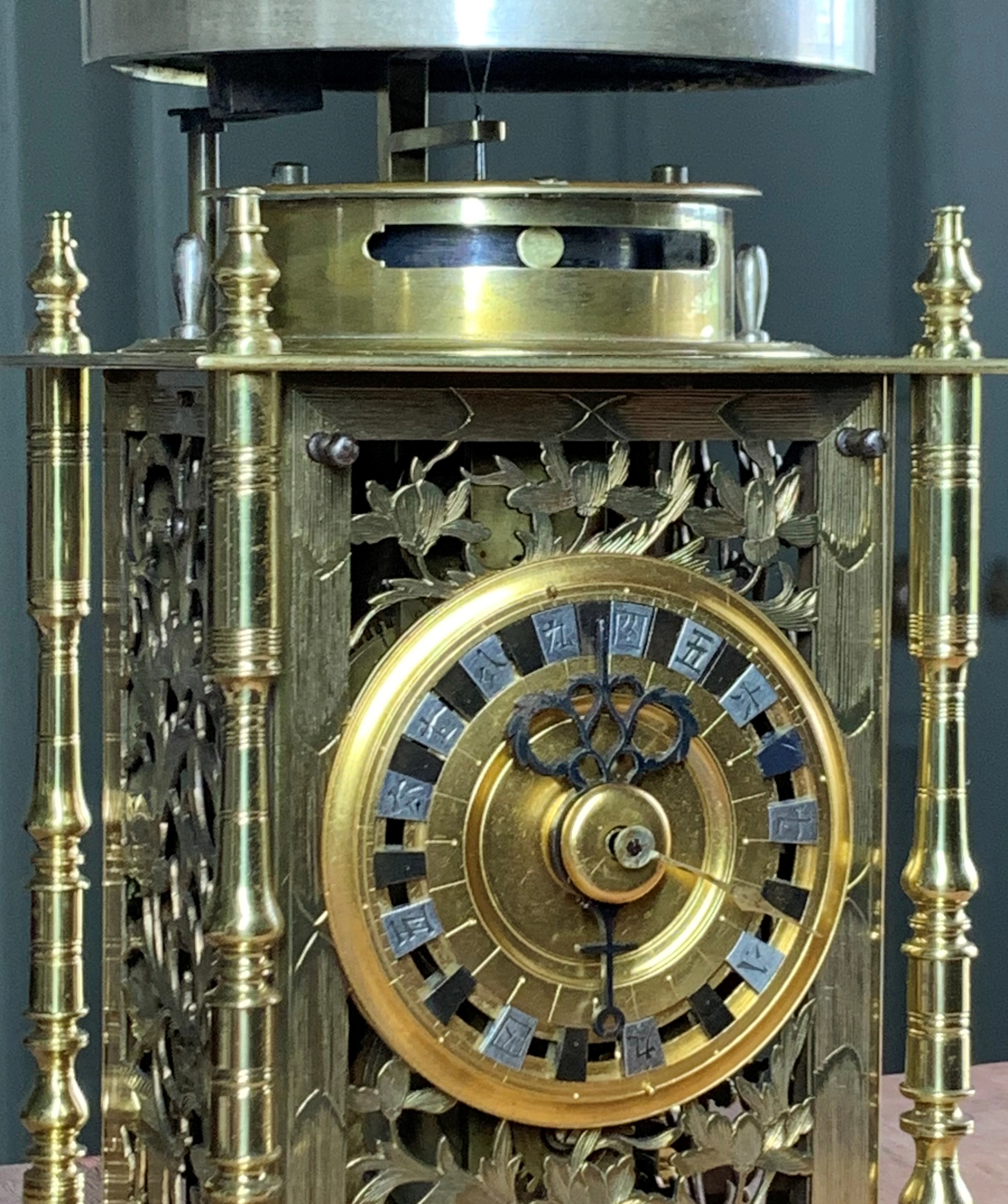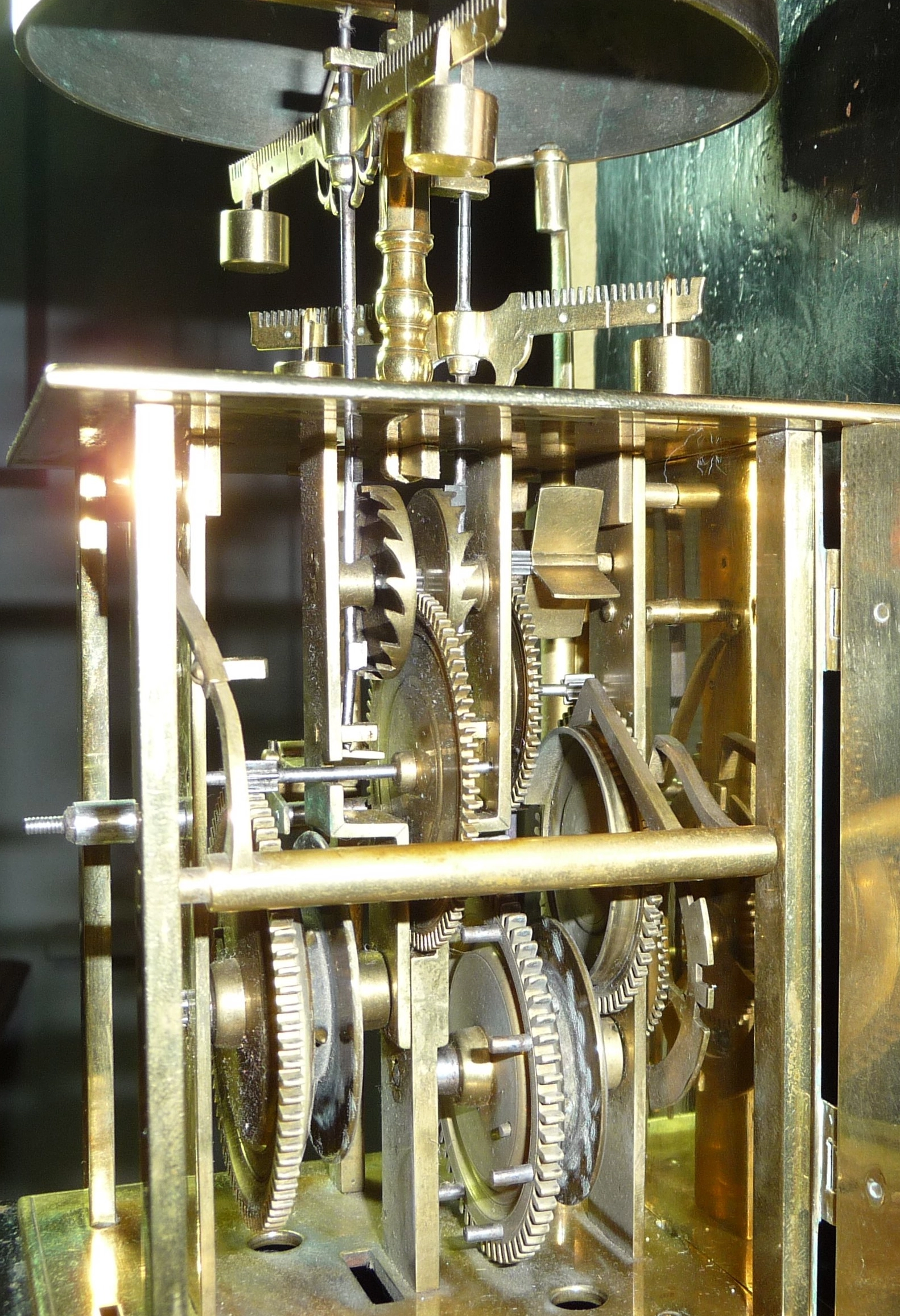Temporal Hours
- Nuno Margalha

- Nov 25, 2024
- 4 min read
The Fascinating History and Technical Functioning of Temporal Hours
Today, we live in a world where time is measured uniformly, with each hour representing exactly the same interval. However, this was not always the case. For a significant period in history, time was adjusted to the natural variations of day and night. This system, known as temporal hours, divided the day into 12 parts of light and 12 parts of darkness, the length of which varied throughout the year, reflecting the cycle of the seasons and respecting the rhythms of nature.

Origin of Temporal Hours
The concept of temporal hours dates back to Ancient Egypt, when observation of the stars played an essential role in organizing time.
The Egyptians developed a civil calendar with 12 months of 30 days and added five additional days to align the annual cycle with the movement of the sun. Time measurement was initially based on the decans , constellations that appeared cyclically on the horizon at night. Each period of 10 days was marked by the appearance of a specific decan, until 12 decans could be seen successively during the night. This method led to the division of the night into 12 equal parts, later adapting to the division of the day into 12 equal parts.
Thus, temporal hours were not fixed; the length of the hours of light and darkness varied according to the season. During the summer, daylight hours became longer and nighttime hours shorter, while in winter the opposite happened.
Only at the equinoxes did the hours of light and darkness have the same duration. Adopted by the Greeks and Romans, temporal hours spread throughout Europe and were used for over 250 years. Despite the introduction of uniform hours in the Middle Ages, which facilitated mathematical calculations and social organization, the temporal hour system continued to be used in specific contexts.
Construction of Clocks for Temporal Hours
The design of watches that measure temporal time required an innovative approach to engineering and watchmaking. A notable example comes from Japan, where watches known as Wadokei were developed. These watches could measure both temporal time and uniform time, reflecting the coexistence of the two systems of time measurement.
The Wadokei: Technical Functioning
Wadokei were introduced in Japan during the Edo Period (1603–1868) and represent a milestone in world watchmaking. Technically, these watches operated on the basis of adjustable mechanisms that altered the rhythm of the measurement throughout the year. The main innovation of the Wadokei lay in the use of movable markers , which allowed the position of the divisions on the dial to be changed, adapting them to seasonal changes. Inside the watch, a catch-wheel escapement mechanism and foliot oscillator regulated the movement of the gear system, adjusting the length of each hour according to the time of year. This adjustment was achieved by means of movable discs or plates that controlled the distance traveled by the hands in each cycle. Japanese watchmakers also created systems of weights or springs that modified the force applied to the mechanism, ensuring remarkable precision, even with the constant variation of the hours.
Some Wadokei had dual displays: one dedicated to temporal time and the other to uniform time, allowing the wearer to switch between the two systems as needed. Other advanced models incorporated bells that sounded at adjustable intervals, announcing changes in the day and night cycle.
The Modernization of Wadokei - Masahiro Kikuno

While traditional Wadokei were table clocks, Japanese master watchmaker Masahiro Kikuno adapted this concept to the wristwatch format in the early 21st century. Drawing on the principles of Tanaka Hisashige, Kikuno created a watch with moving markers that automatically adjust throughout the year. This intricate, entirely hand-crafted mechanism retains the essence of the original Wadokei while integrating it into a portable timepiece.
Kikuno’s watch uses a modern gear system to move the markers on the dial. As the seasons change, the markers gradually move closer together or further apart to reflect the natural variation in the hours of light and darkness. The precision of this watch requires meticulous calculations and high-level technical execution, demonstrating the mastery of the watchmaker.
In 2011, Kikuno introduced its first wristwatch with temporal hours, called the "Temporal Hour Watch" . This innovative model automatically adjusts the hour markers on the dial to adapt to seasonal variations. The internal mechanism uses a camera system that moves the markers throughout the year to accurately reflect the changes in the length of day and night.
He later developed the "Wadokei Revision" , an improved version that combines traditional techniques with a unique design. This watch features a dial with continuously adjustable moving markers, allowing precise timekeeping. The internal movement, entirely hand-made, demonstrates Kikuno's mastery of artisanal watchmaking.
Masahiro Kikuno’s dedication to revitalizing Wadokei highlights his deep connection to Japanese culture and respect for watchmaking traditions. His creations not only preserve ancient techniques, but also adapt them to the contemporary context, offering unique pieces that celebrate the harmony between time and nature.
Portuguese Examples of Temporal Hours
In Portugal, two notable examples of temporal hours can be found in the Casa-Museu Medeiros e Almeida in Lisbon. This space, considered one of the most important watchmaking museums in the country, displays a vast collection of historical clocks.
Current Relevance of Temporal Hours
Despite their long-standing decline, temporal hours continue to fascinate scholars and watch enthusiasts. Their workings offer a unique insight into how different cultures have adapted timekeeping to natural cycles. Masahiro Kikuno’s modern reinterpretation of Wadokei demonstrates that this concept still has a timeless appeal, keeping alive the connection between watchmaking and the rhythms of nature.











Comments